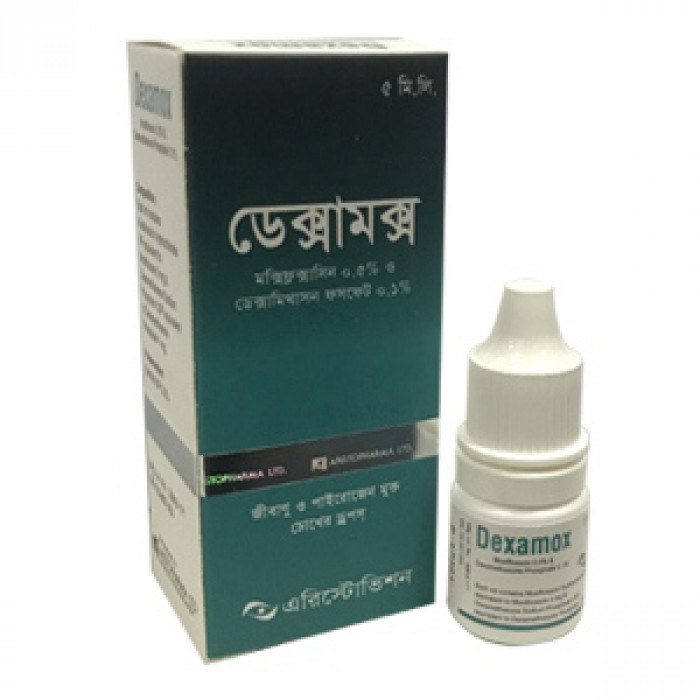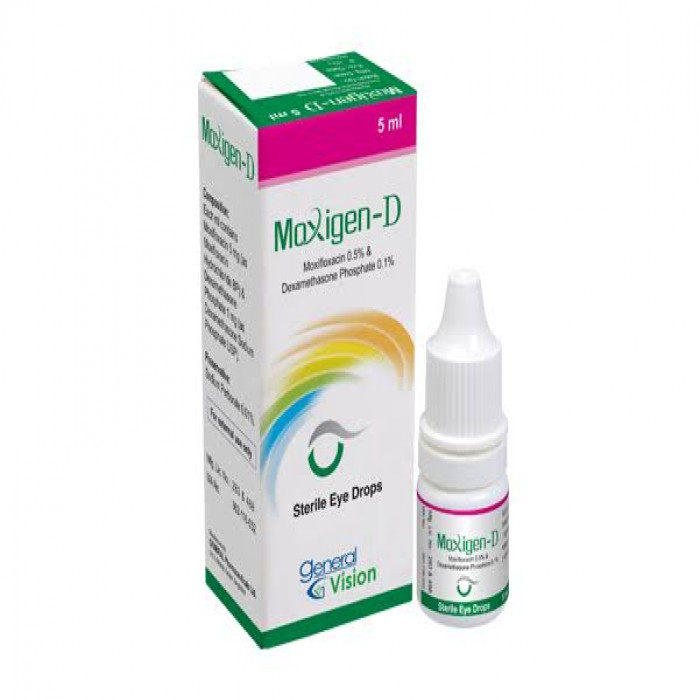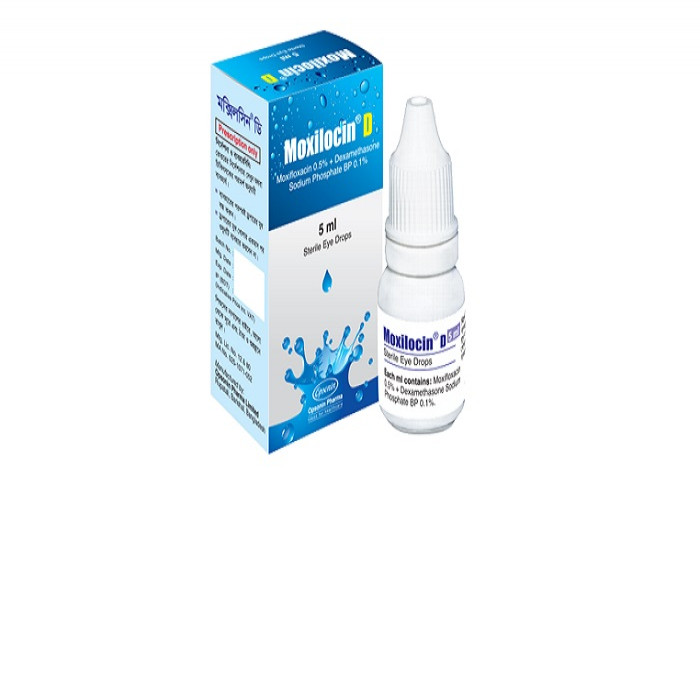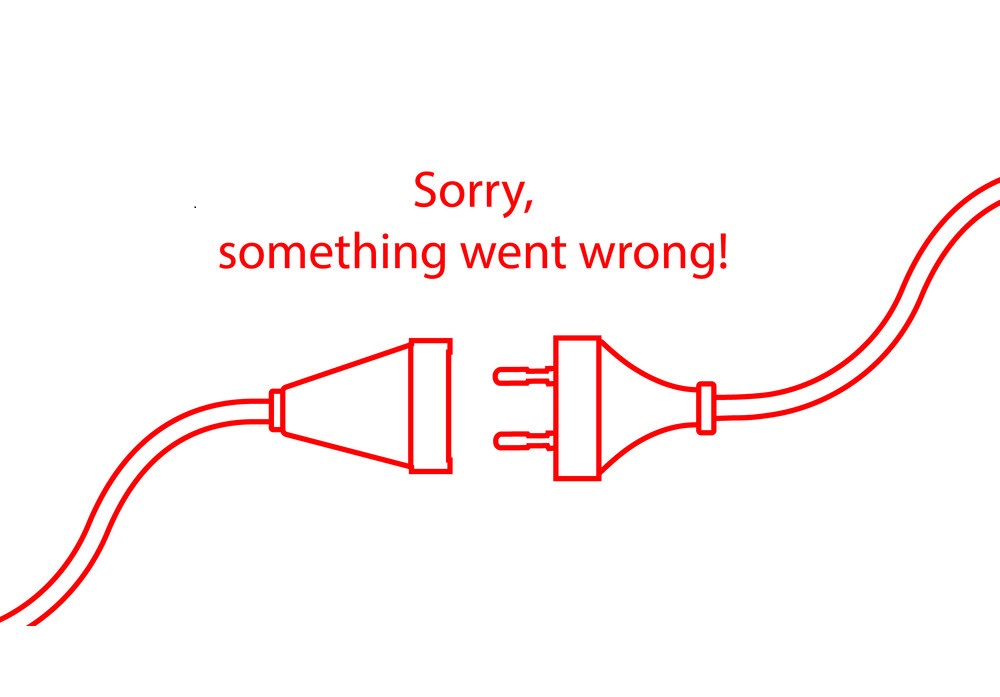
✔ 100% Authentic Product
👁️ Currently Viewing 1369
Moxivin DX 0.5%+0.1% Eye Drop 5ml
Type: Suspension Manufacturer/Distributor: Cosmo Pharma Generic Name: Amoxycillin 125mg/5ml: suspension
Discount
Price: ৳ 190
MRP:
৳
200
5%
Off

100% Genuine Products, Guaranteed

Safe & Secure Payments, Always

Fast, Secure & Efficient Delivery

Proper Packaging
 Cash on Delivery - All over Bangladesh
Cash on Delivery - All over Bangladesh Regular Delivery - 12-24 Hours, Dhaka City* Charge Tk.39-59
Regular Delivery - 12-24 Hours, Dhaka City* Charge Tk.39-59 Regular Delivery - 24-48 Hours, Other Cities* Charge Tk.99-110
Regular Delivery - 24-48 Hours, Other Cities* Charge Tk.99-110
 ফ্রি ডেলিভারিঃ - ৯৯৯ টাকা+ অর্ডারে, ঢাকা
শহরে
ফ্রি ডেলিভারিঃ - ৯৯৯ টাকা+ অর্ডারে, ঢাকা
শহরে ফ্রি ডেলিভারিঃ - ২৯৯৯ টাকা+ অর্ডারে, ঢাকার
বাহিরে
ফ্রি ডেলিভারিঃ - ২৯৯৯ টাকা+ অর্ডারে, ঢাকার
বাহিরে
100% Genuine Products, Guaranteed
Safe & Secure Payments, Always
Fast, Secure & Efficient Delivery
Proper Packaging
 Cash on Delivery - All over Bangladesh
Cash on Delivery - All over Bangladesh Regular Delivery - 12-24 Hours, Dhaka City* Charge Tk.39-59
Regular Delivery - 12-24 Hours, Dhaka City* Charge Tk.39-59 Regular Delivery - 24-48 Hours, Other Cities* Charge Tk.99-110
Regular Delivery - 24-48 Hours, Other Cities* Charge Tk.99-110 ফ্রি ডেলিভারিঃ - ৯৯৯ টাকা+ অর্ডারে, ঢাকা
শহরে
ফ্রি ডেলিভারিঃ - ৯৯৯ টাকা+ অর্ডারে, ঢাকা
শহরে ফ্রি ডেলিভারিঃ - ২৯৯৯ টাকা+ অর্ডারে, ঢাকার
বাহিরে
ফ্রি ডেলিভারিঃ - ২৯৯৯ টাকা+ অর্ডারে, ঢাকার
বাহিরে
✅ Description:
Moxivin DX is an antibiotic used for the treatment of bacterial infections of the eye. It works by halting the growth of bacteria that cause the infection, ultimately relieving symptoms. It is intended for external use only, meaning it should not be ingested or used internally.
How to Use Moxivin DX:
- Administer the medication according to your doctor's prescription, ensuring the correct dose and duration of use.
- To apply, hold the dropper near the eye without making direct contact with the eye or surrounding areas.
- Gently squeeze the dropper and place the medicine in the lower eyelid.
- Wipe away any excess liquid that may spill out.
- Ensure you follow the prescribed course of treatment without skipping doses, even if symptoms improve, to prevent the infection from returning.
Side Effects:
Some common side effects include:
- Eye discomfort
- Dry eyes
- Burning sensation immediately after application.
These side effects are typically temporary and resolve on their own. However, if symptoms persist or worsen, contact your healthcare provider for advice.
Temporary blurring of vision may occur when first using the medication. Therefore, caution is advised when driving or operating machinery right after application.
Do not wear contact lenses while using this medication, as it can cause further irritation or complications.
Uses of Moxivin DX:
- Primarily indicated for the treatment of bacterial eye infections.
How Moxivin DX Works:
- Moxivin DX is an antibiotic that combats bacterial infections by preventing the bacteria from replicating and repairing. It does this by inhibiting the action of DNA-gyrase, an essential enzyme for bacterial growth and reproduction.
Missed Dose:
If you forget to apply a dose, take it as soon as you remember. However, if the time for the next scheduled dose is approaching, skip the missed dose and return to your regular dosing schedule. Do not double the dose to compensate for a missed one.
Quick Tips for Using Moxivin DX:
- Always complete the entire prescribed course, even if you feel better.
- After applying the drops, press gently on the inner corner of the eye (near the nose) for about 1 minute to reduce the risk of the medicine draining away.
- Avoid contamination by not letting the dropper touch any surface, including your eye.
- If you need to administer another medication to the same eye, wait at least 5–10 minutes before applying the next dose to prevent dilution of the medication.
- Be cautious about temporary blurring of vision when first using it. This may affect your ability to perform tasks that require clear sight.
- Contact lenses should not be worn during treatment.
- Use the medication within 4 weeks after opening to maintain its effectiveness.
Additional Information on Moxifloxacin (Oral Form)
Moxifloxacin (the active ingredient in Moxivin DX) is also available in an oral form and is used for the treatment of various bacterial infections, such as:
- Community-Acquired Pneumonia
- Acute Bacterial Exacerbation of Chronic Bronchitis
- Acute Bacterial Sinusitis
- Complicated Intra-Abdominal Infections
- Uncomplicated and Complicated Skin and Skin Structure Infections
- Typhoid Fever
Oral Dosage:
- Adults: Typically, 400 mg is administered once daily. The duration of treatment varies depending on the infection type:
- Acute Bacterial Sinusitis: 10 days.
- Acute Bacterial Exacerbation of Chronic Bronchitis: 5 days.
- Community-Acquired Pneumonia: 7-14 days.
- Skin Infections: 7 days for uncomplicated, 7-21 days for complicated.
- Complicated Intra-Abdominal Infections: Duration based on severity.
Note: Safety and efficacy in patients under 18 years have not been established for oral use.
Contraindications:
- Hypersensitivity to moxifloxacin or other quinolones.
- Patients with conditions such as prolonged QT interval, uncorrected hypokalemia, myasthenia gravis, or a history of severe allergic reactions to similar drugs.
- Drug interactions: Moxifloxacin should not be used alongside specific antiarrhythmic drugs (like quinidine, procainamide, amiodarone, or sotalol), as they may significantly prolong the QT interval and cause serious heart conditions.
Mode of Action of Moxifloxacin:
Moxifloxacin acts by inhibiting two crucial bacterial enzymes—DNA-gyrase (topoisomerase II) and topoisomerase IV. These enzymes are necessary for DNA replication, transcription, and repair. By blocking their action, moxifloxacin prevents the bacteria from growing and multiplying, ultimately treating the infection.
Precautions:
- Maintain adequate fluid intake to avoid complications.
- Patients with a history of tendon disorders, heart disease, CNS disorders, seizures, or diabetes should be cautious.
- Pregnancy and lactation: Use with caution, as it’s not fully established whether moxifloxacin poses any risk to unborn babies or nursing infants.
- Sun exposure: Avoid direct sunlight or artificial UV light. Use sunscreen and wear protective clothing if you need to be outdoors.
Monitor: Your doctor may monitor white blood cell count (WBC) and any signs of infection during treatment.
Side Effects:
Common side effects of moxifloxacin can include:
- Nausea (7%)
- Diarrhea (6%)
- Dizziness (3%)
- Decreased amylase and basophils.
- Hypersensitivity reactions and, in rare cases, severe reactions like hepatitis, tendon rupture, or severe allergic reactions (e.g., anaphylaxis, Stevens-Johnson syndrome).
Drug Interactions:
- QT interval prolongation: Using moxifloxacin with other drugs that prolong the QT interval, such as erythromycin, antipsychotic drugs, or tricyclic antidepressants (TCAs), can lead to dangerous heart arrhythmias.
- Antacids and iron supplements (e.g., aluminum, magnesium, or zinc-containing products) can reduce moxifloxacin’s absorption and effectiveness.
- Corticosteroids increase the risk of tendon disorders, particularly in the elderly.
- Sucralfate or didanosine can also reduce moxifloxacin absorption, reducing its effectiveness.
Fatal interactions can occur with specific antiarrhythmic drugs and those that significantly prolong the QT interval.
⚠️Disclaimer:
At ePharma, we’re committed to providing accurate and accessible health information. However, all content is intended for informational purposes only and should not replace medical advice from a qualified physician. Please consult your healthcare provider for personalized guidance. We aim to support, not substitute, the doctor-patient relationship.









